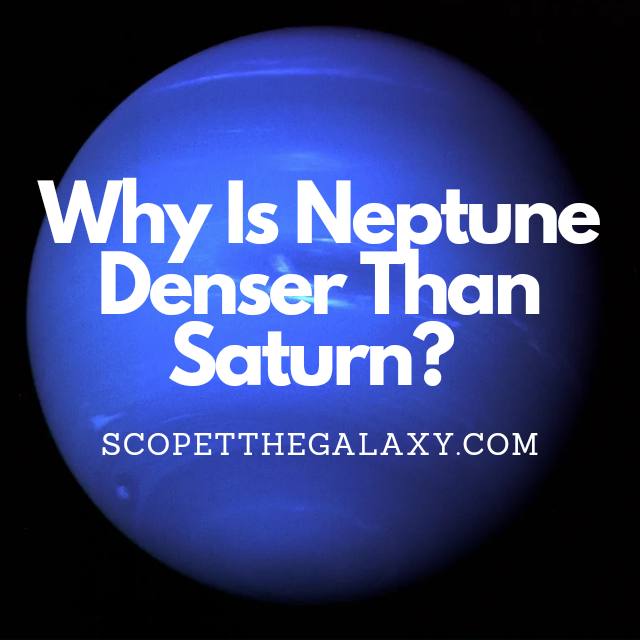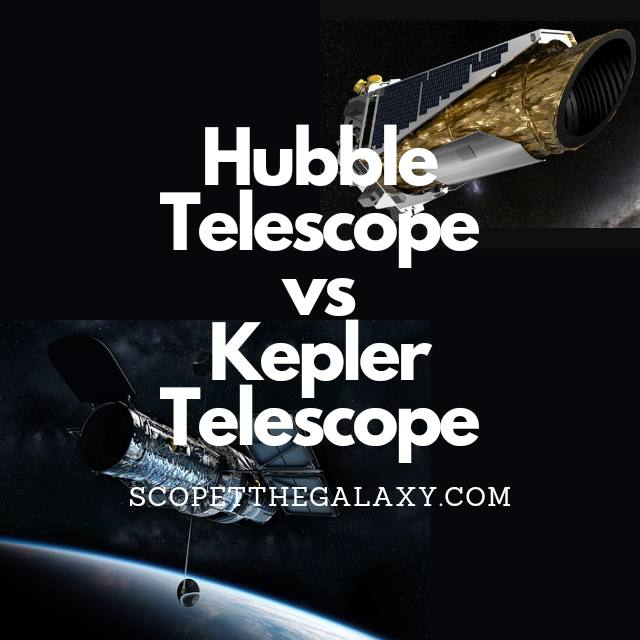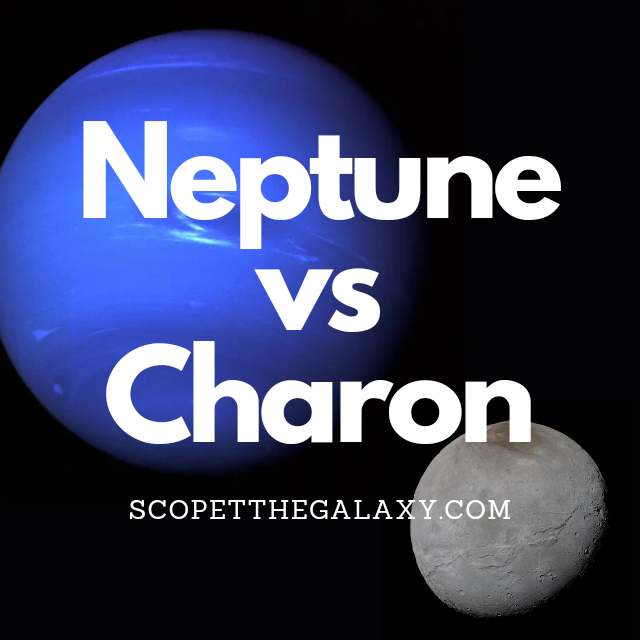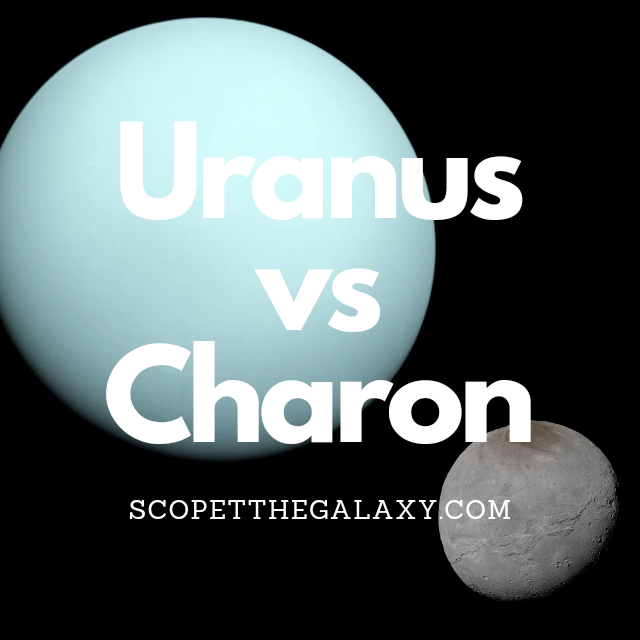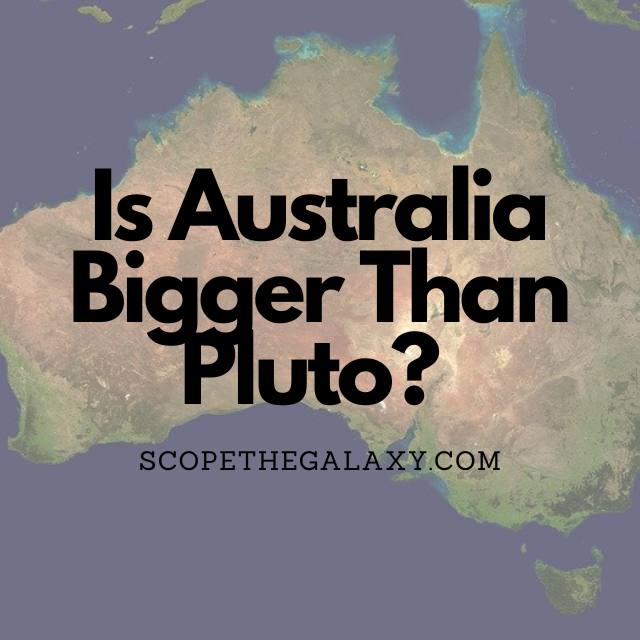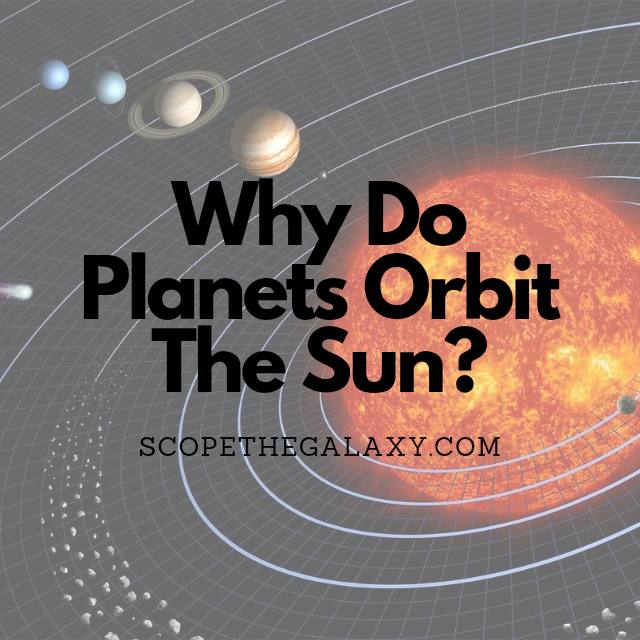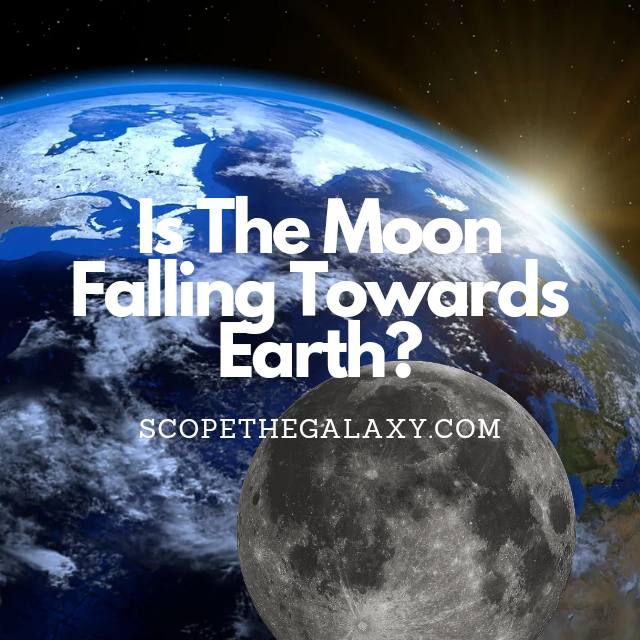Why Is Neptune Denser Than Saturn? (Explained!)
Neptune is denser than Saturn because of its composition. While both are made primarily of hydrogen and helium, the particles of these elements are packed together far more tightly on Neptune, giving the planet a greater density. In addition, Neptune’s environment has far more icy features that add to its mass and density. Continue reading … Read more

